Fujinon XF 16-80mm f/4 R OIS WR lens
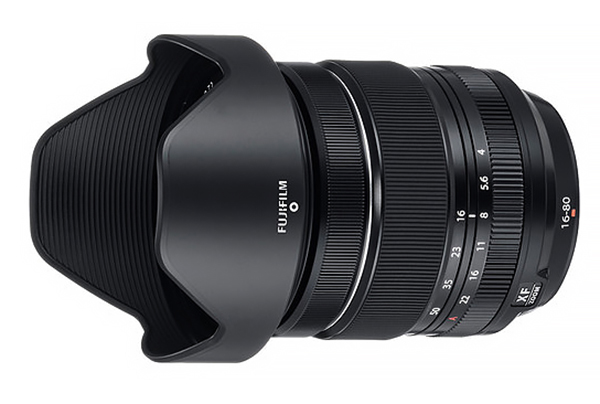
In summary
All standard-range zoom lenses involve some design compromises, and the XF 16-80mm f/4 R OIS WR lens is no exception. However, for its price it’s a solid performer with above-average build quality and very good to excellent resolution.
Mechanically, although it’s a little larger and heavier than most kit zooms, we found it pleasing to use on the X-T30 III camera, which is about as small a body as you’d like to pair with this lens. While its bokeh quality is not outstanding, it’s better than average for a standard zoom lens. This lens also covers a wider-than-average zoom range for a standard zoom lens – and its price tag is relatively modest.
Full review
Announced in mid-July 2019, the Fujinon XF 16-80mm f/4 R OIS WR lens provides another standard lens choice for owners of Fujifilm’s X-mount cameras. Featuring an f/4 constant maximum aperture and a focal length range from 16mm to 80mm (equivalent to 24-122mm on a full-frame camera), this lens is relatively compact and, at just 440 grams, light in weight for its type. It’s also versatile, thanks to its weather-resistant construction and six-stop optical stabilisation. We reviewed this lens on the X-T30 III camera, which is reviewed separately.

Angled view of the lens with the supplied lens hood. (Source: Fujifilm.)
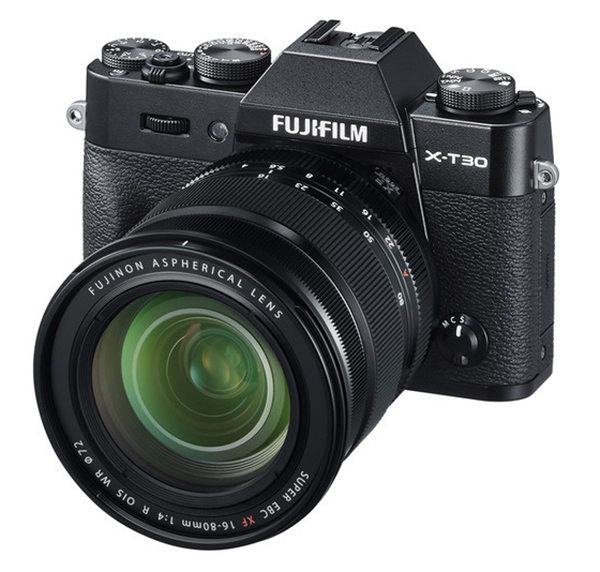
Angled view of the Fujinon XF 16-80mm f/4 R OIS WR lens, as reviewed on the Fujifilm X-T30 III camera. (Source: Fujifilm.)
The lens consists of 16 elements in 12 groups, including three aspherical lens elements and one ED aspherical lens. The aspherical lens elements are controlled at high precision to reduce field curvature and spherical aberration, resulting in an advanced level of image sharpness across the frame. By using an ED aspherical lens as a OIS lens, aberration fluctuation due to image stabilisation is suppressed.

The optical design of the Fujinon XF 16-80mm f/4 R OIS WR lens showing the positions of the exotic elements. (Source: Fujifilm.)
Autofocusing is fully internal and driven by a stepping motor, resulting in fast and quiet performance for both stills and video shooting. In addition, this lens has a minimum focusing distance of 35 cm close-up photography over the entire zoom range. The lens has very little breathing making it suitable for movie shooting.
Who’s it For?
The XF 16-80mm f/4 R OIS WR lens represents an alternative option to the XF 16-55mm f/2.8-4 R LM WR lens for photographers looking for a standard zoom lens that is a cut above average. Newer, and with superior build quality to the original Fujinon Super EBC XF18-55mm f/2.8-4 R LM OIS lens and cheaper Fujinon XC 15-45mm f/3.5-5.6 OIS PZ or Fujinon XC 16-50mm f/3.5-5.6 OIS II kit lenses, it is nonetheless keenly-priced and a good performer.
This lens provides roughly the same angle-of-view coverage as a 24-120mm lens on a full-frame camera, although with a constant f/4 maximum aperture, it’s not particularly fast. Full weather-resistant sealing, optical image stabilisation with up to six stops of compensation and a the smooth bokeh created by the rounded nine-blade diaphragm add to its advantages.
Build and Ergonomics
The build quality of the XF 16-80mm f/4 R OIS WR lens, generally very good, although much of the lens is constructed from high quality plastic, which covers a solid metal mount. This lens is a bit larger and heavier than the typical kit zooms, but feels well-balanced on the X-T30 III body we used for our tests.
The front element is 48 mm in diameter and surrounded by a series of rings, The first is a raised 3 mm wide band, which itself is surrounded by a 7 mm wide band that carries the full name of the lens. A vertical band that is threaded to accept the 72 mm diameter filters marks the edge of the lens.
The front section of the inner barrel is roughly 10 mm wide and carries a bayonet fitting for the petal-shaped lens hood, which is made from rigid black plastic and has riding on its interior surface to suppress unwanted reflections.
The inner barrel extends by 45 mm when the lens is zoomed from the 16mm to the 80mm position. It rotates slightly during this process, although it appears to have little or no effect on optical performance.
A 12 mm wide manual focusing ring is located at the front of the outer barrel. It is completely covered in fine ribbing and rotates through 360 degrees when no power is supplied because focusing is driven from the camera.
Behind it is a thin silver band, followed by the zoom ring, which is 25 mm wide and is mostly clad in slightly wider ridging. A 4 mm wide unridged band around its trailing edge carried index markings for setting the 16mm, 23mm, 35mm, 50mm and 80mm focal lengths, which line up against a white index line on the narrow band separating the zoom and aperture rings.
The aperture ring is typical of those found on better-quality Fujinon lenses. It’s 12 mm wide and has aperture settings in one-stop increments from f/4 through to f/22. A red ‘A’ beyond the f/22 mark sets the lens to auto-aperture mode. Unfortunately, there’s no aperture-ring lock, which means it’s easy to reset the aperture inadvertently.
Behind the aperture markings is an 8 mm wide, ridged grip band. The lens barrel continues for a further 10 mm in a band that carries an ‘XF Zoom’ badge and a ‘Weather Resistant’ label before dipping in to the lens mount. The diagram below shows the positions of the weather-resistant seals in the lens.

To gain full benefit from its weather resistance, this lens should be fitted to similarly-enabled cameras like X-Pro2, X-T1, X-T2, X-T3, X-T5 and X-H1. These configurations will allow you to shoot in light rain or a dusty environment outdoors with peace of mind.
The zoom, aperture and focus rings have a nice amount of torque for comfortable handling. The camera automatically detects when it is fixed to a tripod or when panning, and adjusts OIS accordingly.
Fujifilm claims the OIS in this lens should provide up to 6 stops of shutter speed compensation. However, that will always depend on the handling skills of the photographer and should be seen as the maximum possible with good handling techniques.
Performance
Our Imatest tests of the lens on the X-T30 III camera showed this lens could comfortably meet expectations for the camera’s 26-megapixel sensor with JPEG files at optimal settings at wider angles of view. Performance declined slightly at wider apertures and longer focal lengths and we found some consistent edge and corner softening across the focal length and aperture ranges.
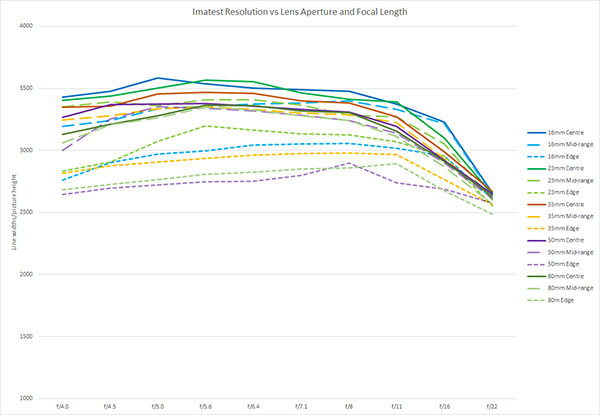
The graph above shows the best performance was measures with the 16mm and 23mm focal lengths at apertures between f/4.5 and f/6.4. Diffraction produced a dramatic drop in resolution from about f/11 onwards.
Fujifilm applies automatic corrections for most common aberrations to most recent X-mount lenses so it can be difficult to assess potential problems. Because the corrections can’t be disabled in-camera, evaluations can only be made on raw files. However, unfortunately, Adobe Camera Raw has made it almost impossible to disable the automatic corrections it applies when RAF.RAW files are converted, we’ve had to make our assessments on the JPEGs embedded in the raw files, using a viewer that doesn’t apply the corrections.
We found lateral chromatic aberrations tended to be within the ‘negligible’ band for most aperture and focal length settings. However, they came close to the borderline of ‘low’ at 80mm, particularly with wider apertures. Stopping down resulted in a slight increase in CA at the two longest focal lengths.
Slight vignetting was observed at the widest aperture settings at both ends of the zoom range. As usual, stopping down reduces it quite rapidly so it should not be an issue for most subjects.
Rectilinear distortion was greatest at the 16mm focal length, where barrel distortion was obvious. By 23mm most of this distortion was gone and the lens slid neatly into slight pincushion distortion from about 35mm onwards.
The relatively small (f/4) maximum aperture of this lens means you can’t expect significant background blurring to isolate the main subject from the background, especially at shorter focal lengths, where this lens isn’t ideal for close-ups. However, at 80mm the f/4 aperture can deliver a decent amount of background blur.
Unfortunately, in most close shots, bright out-of-focus highlights showed noticeable outlining on their edges in some shots along with traces of onion-ring interference. Bokeh was also quite uneven in some areas in close-ups taken at 80mm with the maximum aperture.
Conclusion
Login or Register to access the full article.
SPECS
Picture angle: 83.2 to 20.1 degrees (diagonal)
Minimum aperture: f/22
Lens construction: 16 elements in 12 groups (including 3 aspherical and 1 ED aspherical elements), Super EBC coating
Lens mounts: Fujifilm X-mount
Diaphragm Blades: 9 (rounded aperture)
Weather resistance: Yes
Focus drive: Stepping motor with internal focusing
Stabilisation: Optical, six stops
Minimum focus: 35 cm
Maximum magnification: 0.25x (at 80mm focal length)
Filter size: 72 mm
Dimensions (Diameter x L): 78.3 x 88.9 mm (extends to 131.5 mm at 80mm focal length)
Weight: 440 grams
Standard Accessories: Front and rear caps, lens hood, wrapping cloth
Distributor: Fujifilm Australia
TESTS
Based on JPEG files taken with the Fujifilm X-T30 III camera.
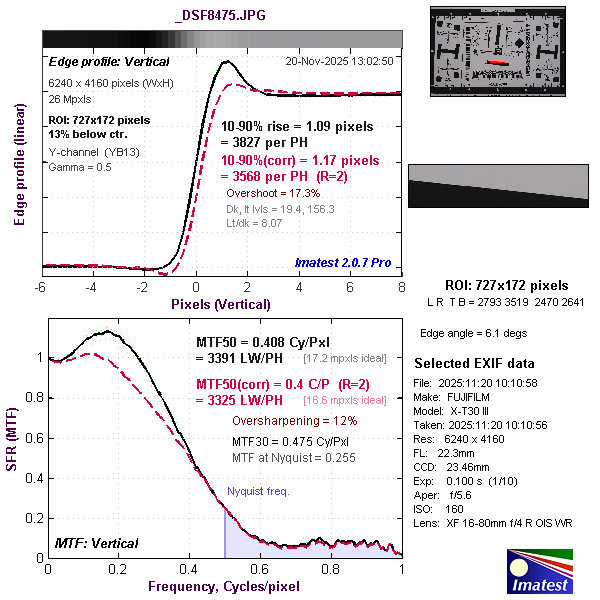
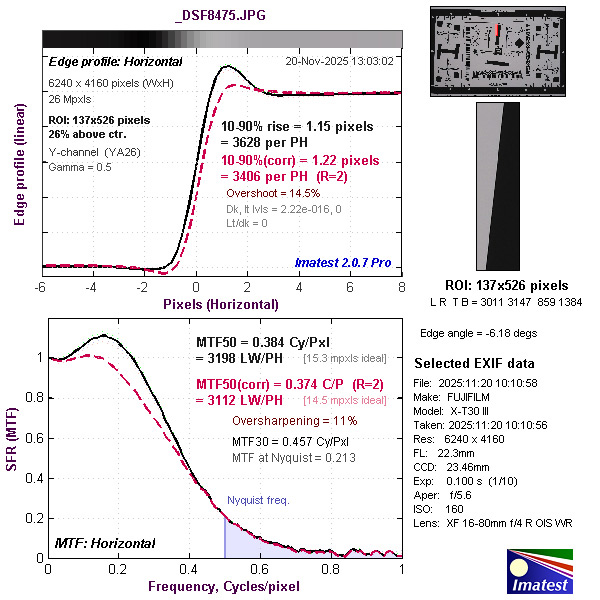


SAMPLES

Vignetting at 16mm, f/4.
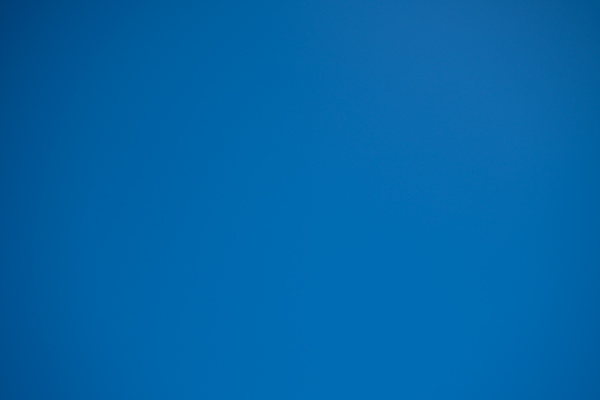
Vignetting at 35mm, f/4.
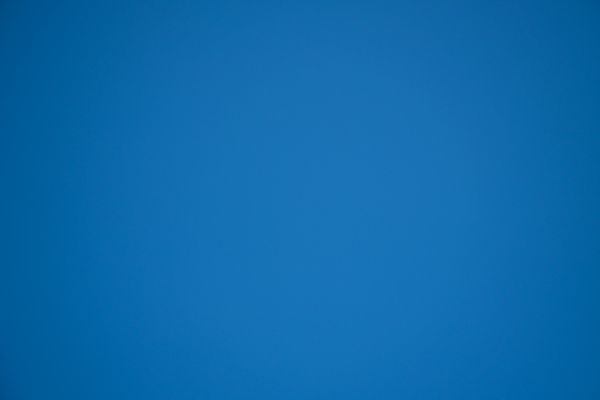
Vignetting at 80mm, f/4.
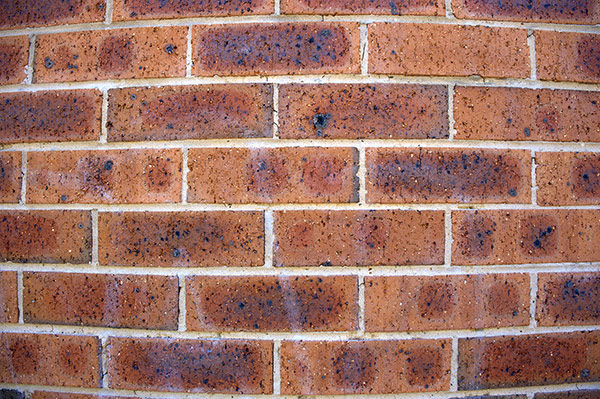
Rectilinear distortion at 16mm.
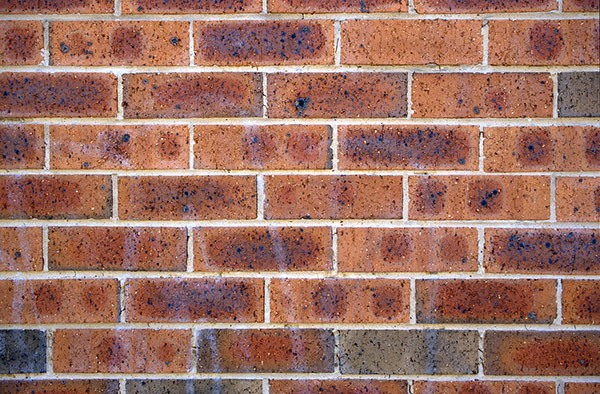
Rectilinear distortion at 23mm.
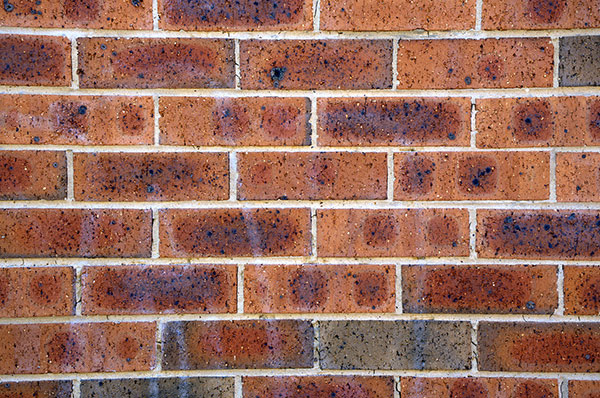
Rectilinear distortion at 35mm.
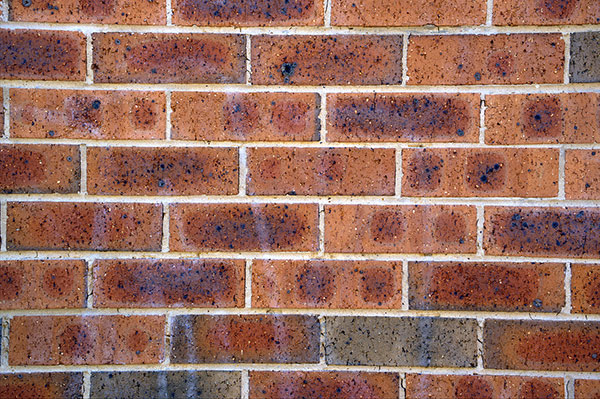
Rectilinear distortion at 50mm.
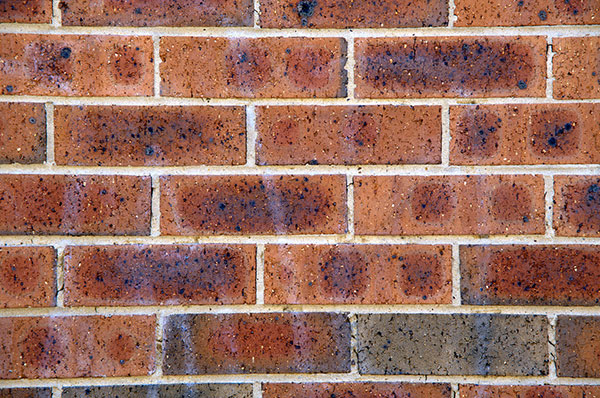
Rectilinear distortion at 80mm.
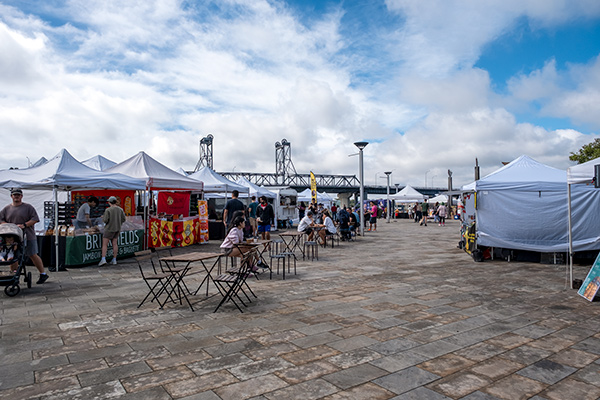
16mm focal length, ISO 160, 1/400 second at f/8.

80mm focal length, ISO 160, 1/250 second at f/7.1.
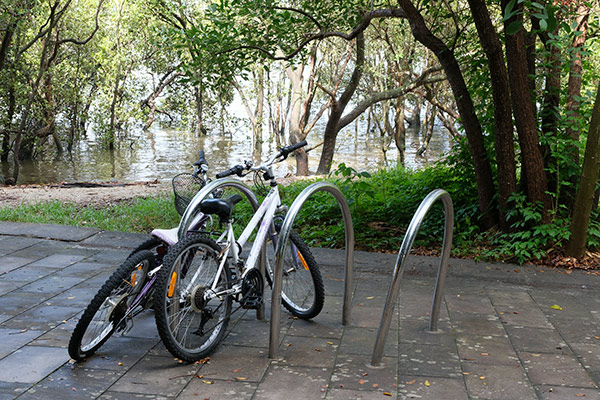
32mm focal length, ISO 320, 1/70 second at f/11.

80mm focal length, ISO 320, 1/240 second at f/4.5.

50mm focal length, ISO 320, 1/500 second at f/5.6.

80mm focal length, ISO 320, 1/400 second at f/4.5.
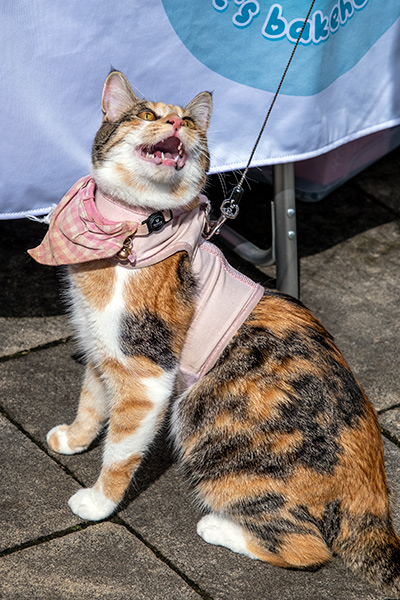
80mm focal length, ISO 320, 1/1250 second at f/6.4.

65mm focal length, ISO 320, 1/400 second at f/5.
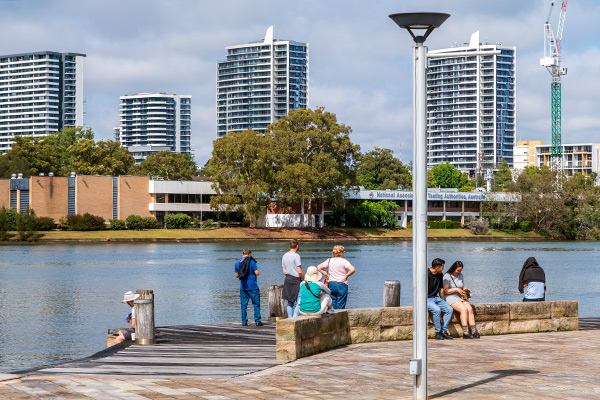
61mm focal length, ISO 320, 1/250 second at f/8.
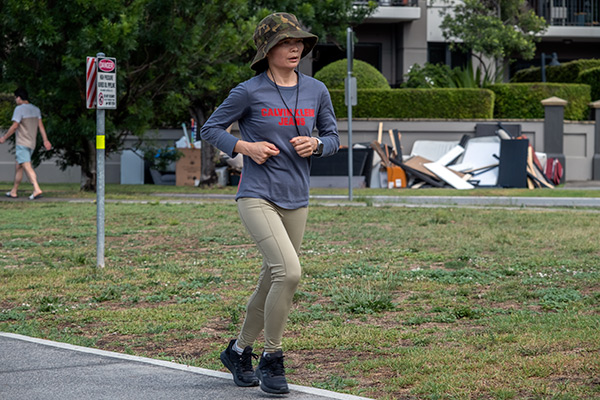
80mm focal length, ISO 320, 1/480 second at f/5.
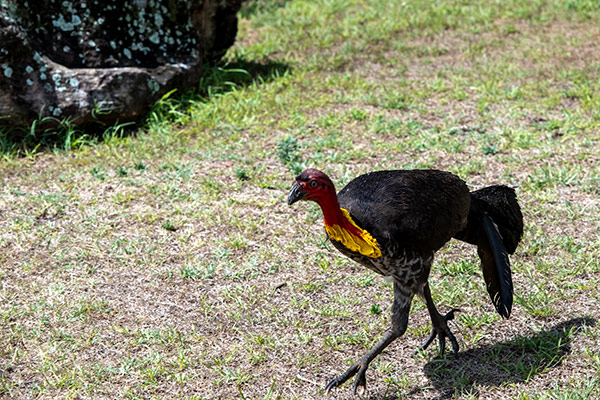
80mm focal length, ISO 160, 1/800 second at f/5.6.
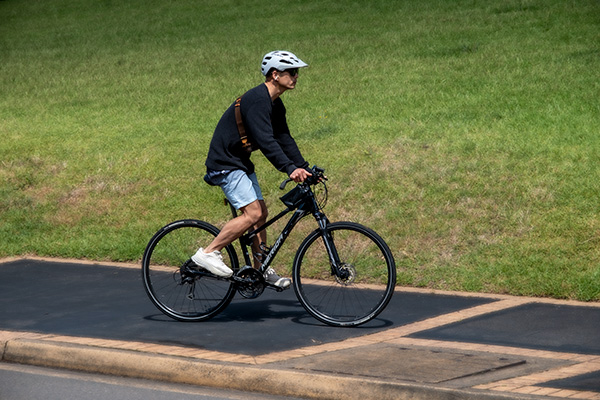
80mm focal length, ISO 160, 1/680 second at f/5.6.

43mm focal length, ISO 160, 1/70 second at f/4.
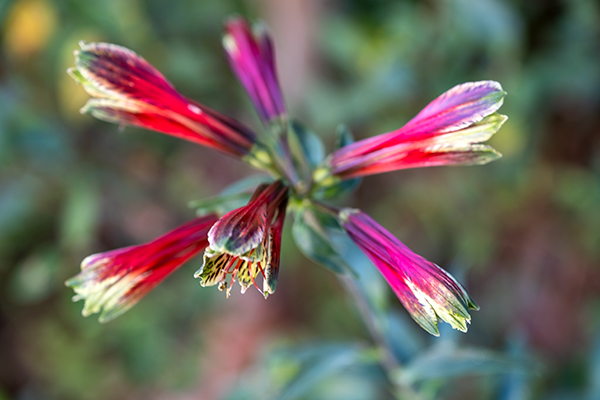
80mm focal length, ISO 160, 1/55 second at f/4.
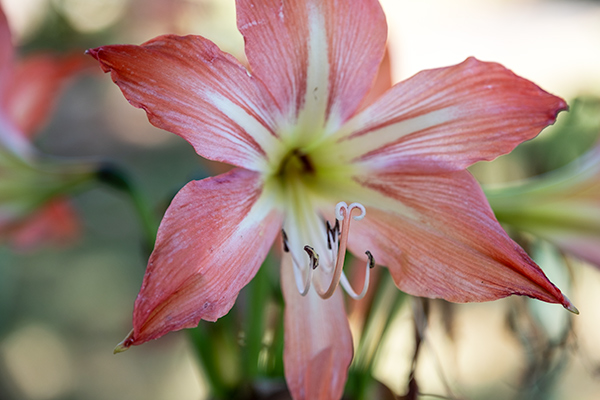
80mm focal length, ISO 160, 1/210 second at f/4.

80mm focal length, ISO 160, 1/750 second at f/4.
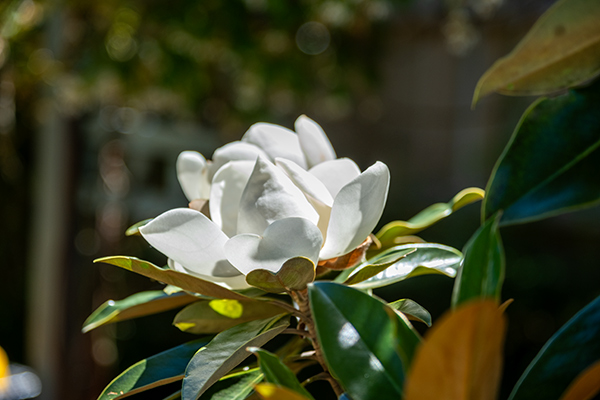
80mm focal length, ISO 160, 1/550 second at f/4.
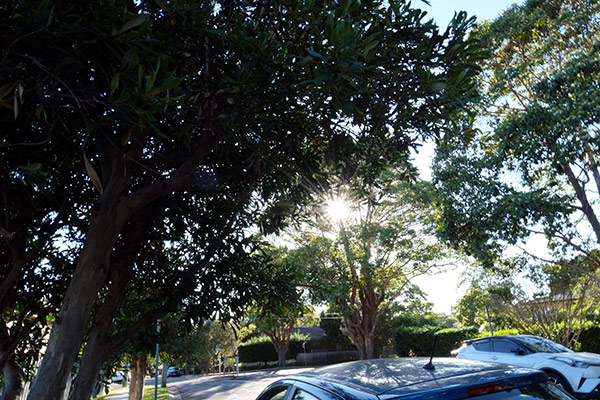
Sunstar at 16mm focal length, f/22; ISO 160, 1/100 second.

Sunstar at 80mm focal length, f/22; ISO 160, 1/20 second.
Additional image samples can be found with our review of the Fujifilm X-T30 III camera.
Rating
RRP: AU$1146.65
- Build: 8.9
- Handling: 9.0
- Image quality: 9.0
- Autofocusing: 9.0
- Versatility: 8.9
BUY

